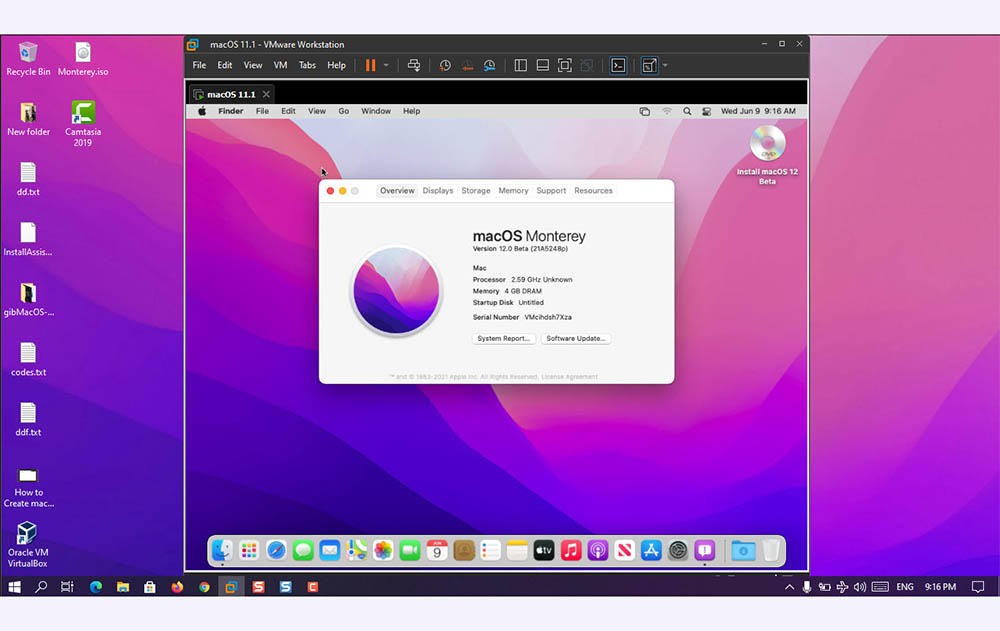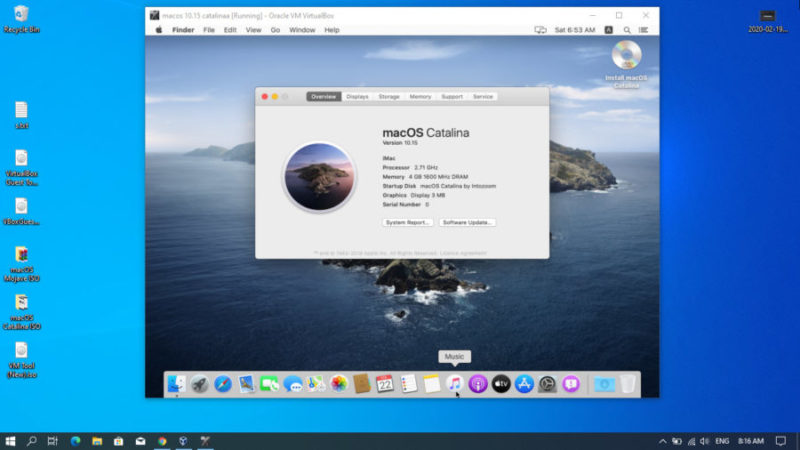

Mmd wrote:Who said humans only see 24fps? That's not true at all. Aug 2010, 17:45 Primary OS: Ubuntu other VBox Version: OSE Debian Guest OSses: windows 7 32bit

Mac os x vm refresh rate Pc#
parrallels, vmware both mac and pc and ive never seen "choppiness" like this coming from the virtualization, i got a fairly decent system too, ssd and 3ghz dual core, with 4gb's ram and 8800gt with 5125mb ram, running on a minimalist lightweight xfce ubuntu setup. i could be wrong but i have done several different virtualizations on different Os's. i doubt i would get any help on this since you guys are asking questions and putting up subject around the issue. I cant measure it but, i know the difference, sure, there are some chops and lags since its virtualization, but it doesnt matter how graphic intensive or much of a load it take on the system, all windows acts the same, its constant and its just like if i switch to 60hz on this monitor, since the monitor properties in windows says 60hz and there is no other option i guess the virtual box graphics adapter is locked on 60hz as well. Jun 2007, 09:11 Location: Dresden, Germany Primary OS: Debian Sid VBox Version: PUEL Guest OSses: Linux, Windows frank Oracle Corporation Posts: 3362 Joined: 7.
Mac os x vm refresh rate movie#
60Hz are usually enough (remember, the usual movie refresh rate is 30 fps) but for some 3D computer games where the monitor has to display alternate pictures for the left eye and for the right eye, 120Hz is necessary (60Hz for each of the eyes).īut even in that case, this setting is a HOST setting not a GUEST setting! So properly configure the refresh rate of your graphics card at the host and the guest will use the same refresh rate. With LCD monitors, there is no flickering anymore but the refresh rate can still be important when displaying fast changing content (videos, computer games). 70Hz or better (some users still see some flickering with 80Hz but this also depends on the monitor) was a good value for such old monitors. This setting was important for older CRT displays: The more often the picture on the screen was refreshed, the better the experience.

The display refresh rate is actually a setting which defines how often the content of the physical graphics memory is written to the monitor. Therefore it is not possible to change the refresh rate of the guest and it is also not necessary! The guest display adapter is virtual, that means that everything which is drawn by the guest is forwarded for the host graphics adapter. The guest actually has no idea about the frame rate of your host display.


 0 kommentar(er)
0 kommentar(er)
